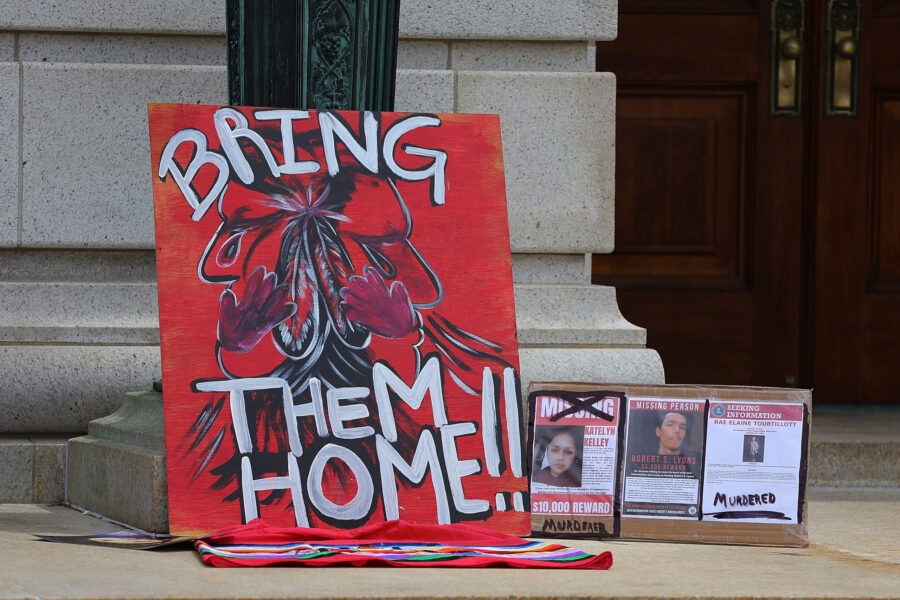Most of City Creek Canyon will close beginning Nov. 1
Oct 24, 2023, 7:17 PM | Updated: 7:26 pm
SALT LAKE CITY — People who like to hike or bike up City Creek Canyon will need to prepare for a huge closure that will last for three years, starting next week.
Most of the canyon will shut down to everyone during the weekdays, meaning that people who recreate up there will need to find other places for their daily runs or walks.
On the edge of the city, people like Paul Larsen find City Creek Canyon to be a place to find peace.
He bikes up City Creek Canyon three or four times a week, but this week he’s been trying to ride every day before it closes on November 1.
“Since I read about the closure, I realize that the guillotine is about to fall,” he said. “I want to get in as many days up here as I can before they close it for three years.”
Salt Lake City is closing off the canyon north of Bonneville Boulevard as construction crews begin a massive project. The area south of Bonneville Boulevard will remain open as usual.
Salt Lake City Public Utilities Deputy Director Jesse Stewart explained that the department is reconstructing the water plant to last for decades to come. It provides drinking water to a good chunk of city residents and services several areas including the Capitol, the Avenues, Downtown, Poplar Grove, and areas on the west side.
The city received $37 million in grant funding from FEMA, which came with a three-year timeline to use the funds.
“This is about a $90 million project that we’re doing, so this is a very significant upgrade to this plant, that was built in the mid-1950s,” he said. “It’s had some upgrades throughout the years, but it’s time to really do a big upgrade to this plant.”
Not only does the water treatment plant need upgrades because of its age, but Stewart explained that damage from the 2020 earthquake needs to be repaired.
With how tight and narrow the canyon is leading up to and around the water treatment plant, Stewart explained that construction will make the area unsafe for people to walk or bike.
“We’re going to be using the roadway, the picnic areas as laydown areas, storage areas, and construction. So that’s going to be one large active construction project throughout this process,” he said.
Some areas will remain open during certain days, however. During weekends and holidays when crews aren’t working, bicyclists and pedestrians will still be able to go up the road to picnic site 16. The Bonneville Shoreline Trail will remain open, and people will be able to hike up on the trail to picnic site 6, and potentially even higher.
Bonneville Boulevard will be significantly impacted, and Stewart explained that traffic patterns will change to accommodate construction vehicles.
He said that originally the contractor wanted crews to be able to work weekends, but the city nixed that idea in favor of partially opening up the canyon to the public. Stewart explained that weekday evenings won’t be a possibility, because crews will often be working all day until the sun sets.
Construction should be complete for the canyon to fully reopen in January 2027.
For bicyclists like Larsen, picnic site 16 isn’t very far up.
“It just takes a lot of the canyon away,” he said, as he stood with his bike outside the water treatment plant Tuesday.
He’s not keen on using other crowded canyons with lots of cars. Larsen and other bicyclists expressed how they love that City Creek Canyon has a lack of vehicles, making it safer to ride in.
“You and I talked about Mill Creek as a possibility, or the other canyons. But all of those have a lot of traffic and it’s dangerous, you know?” he said. “So, you know, I’ve got a family. I don’t want to get killed.”
He talked about how the closure will be a huge blow to the biking community.
Larsen is hopeful that as construction starts, the city will find a way for bicyclists to ride higher in the canyon on the weekends.
“On the weekend, isn’t it possible to create a little corridor for people, you know, to get past here, the construction site and continue up the canyon?” he asked.
“This is our primary place to come and kind of get right, you know, spiritually, emotionally, or whatnot,” he said. “So, it’s taken away more than just a bike ride from me.”














